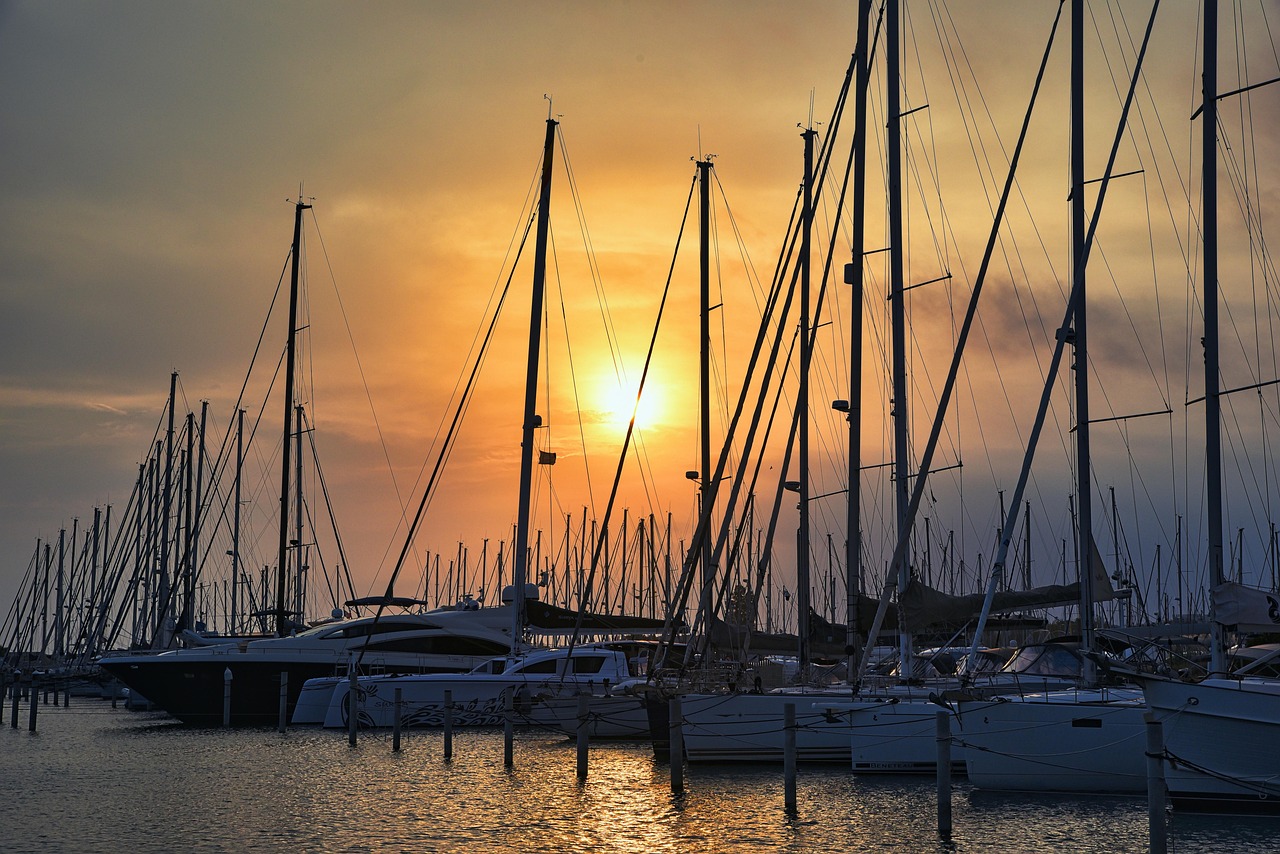
How to Choose the Right Boat for Coastal Cruising
Match the Hull to Your Waters
Monohulls slice cleanly in chop and feel connected at the helm; catamarans stay level at anchor and serve up patio-like deck space. In shallow, sandy cruising grounds (Florida Keys, Bahamas), the cat's draft and platform are unbeatable. On steeper, windier coastlines (Pacific NW shoulder seasons), a heavier mono can feel calmer upwind and in tight slips.
Planing vs. Displacement
Planing hulls ride atop the water and reward speed with flatter trim; they're ideal when you want to cover 30–70 nm day hops quickly. Displacement and semi-displacement hulls are more fuel efficient at slower cruise, track straight, and ride comfortably in a variety of sea states—perfect for longer passages where fuel and range matter.
Pick the Right Size & Layout
For 4–6 guests, 45–60 ft balances handling and space. Prioritize a cabin per couple, a bright salon that connects to the cockpit, and shade on the flybridge. For cats, look for wide side decks, secure handholds, and a galley that serves both salon and cockpit. On monos, a convertible dinette can add sleeping flexibility.
Range, Tankage & Power
- Fuel burn varies widely: expect 6–20 gph for 45–60 ft depending on hull and speed.
- Consider a genset for A/C and cooking off-grid; lithium banks with inverters are a quiet alternative.
- A watermaker (15–30 gph) extends autonomy if marinas are sparse.
- Solar can offset hotel loads at anchor but won't replace engines/genset on its own.
Safety & Redundancy
- Dual chartplotters or an iPad Nav app as backup (with offline charts).
- Spare belts, impellers, fuel filters, and a basic tool kit.
- AIS receiver/transceiver for traffic awareness in busy inlets.
- Up-to-date flares, serviced lifejackets, and a throwable up top.
Electronics & Navigation
Modern suites (Radar + AIS + Autopilot) reduce fatigue. Integrate engine data on the MFD for quick diagnostics. Ensure your VHF has DSC and that MMSI is programmed. Download weather and tide apps suited to your coast and set up anchor drag alarms on both the plotter and phone.
Budget Snapshot
- Fuel: $4–$9/gal typical—do a quick burn calc for your speeds.
- Dockage: premium marinas can exceed $6/ft in high season; anchoring remains a great option.
- Insurance & permits: verify local requirements for protected areas.
- Provisions: plan a mid-cruise top-up; beach towns can run pricier in season.
4-Day Sample Itinerary (Florida)
- Day 1: Florida ➜ Key Biscayne — lunch at anchor, snorkel Mashta Flats.
- Day 2: Elliot Key — paddle at dawn; BBQ aboard; stargaze on the foredeck.
- Day 3: Sands Key — tender to beach; sunset cruise along Stiltsville.
- Day 4: Cruise the Florida River; fuel, pump-out, return by golden hour.
Pre‑Departure Checklist
- Check weather windows (fronts, afternoon thunderstorms).
- Confirm spare parts, tools, and first-aid.
- Load offline charts and routes; brief crew on MOB procedures.
- Provision smart: easy one-pan meals; plenty of water and ice.
Crewed vs. Bareboat
Crewed charters deliver hotel-like ease and local savvy; bareboat offers independence if the skipper is qualified. Many owners choose a hybrid—skippered for Day 1–2 to learn systems, then self-skipper the rest of the week.